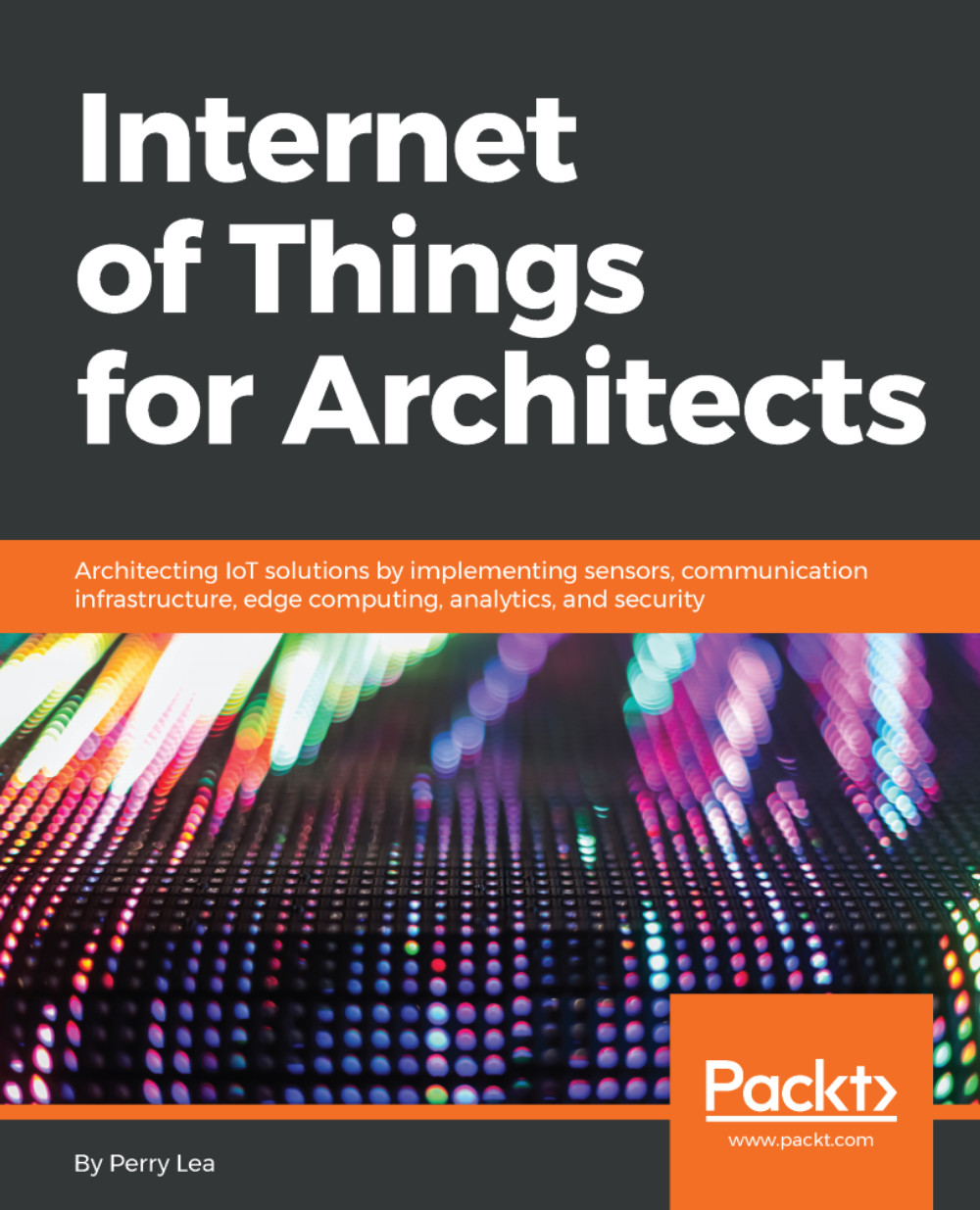Constraints of cloud architectures for IoT
A cloud service provider sits outside the IoT edge device and presides over the wide area network. One particular trait of the IoT architecture is that the PAN and WPAN devices may not be IP-compliant. Protocols such as Bluetooth Low Energy (BLE) and Zigbee are not IP-based while everything on the WAN including the cloud is IP-based. Thus, the role of the edge gateway is to perform that level of translation:

Latency effects in the cloud. Hard real-time response is critical in many IoT applications and forces processing to move closer to the endpoint device.
Latency effect
Another effect is the latency and response time for events. As you get closer to the sensor, you enter the realm of hard real-time requirements. These systems are typically deeply embedded systems or microcontrollers that have latency set by real-world events. For example, a video camera is sensitive to the frame rate (typically 30 or 60 fps) and must perform a number of sequential...






































































